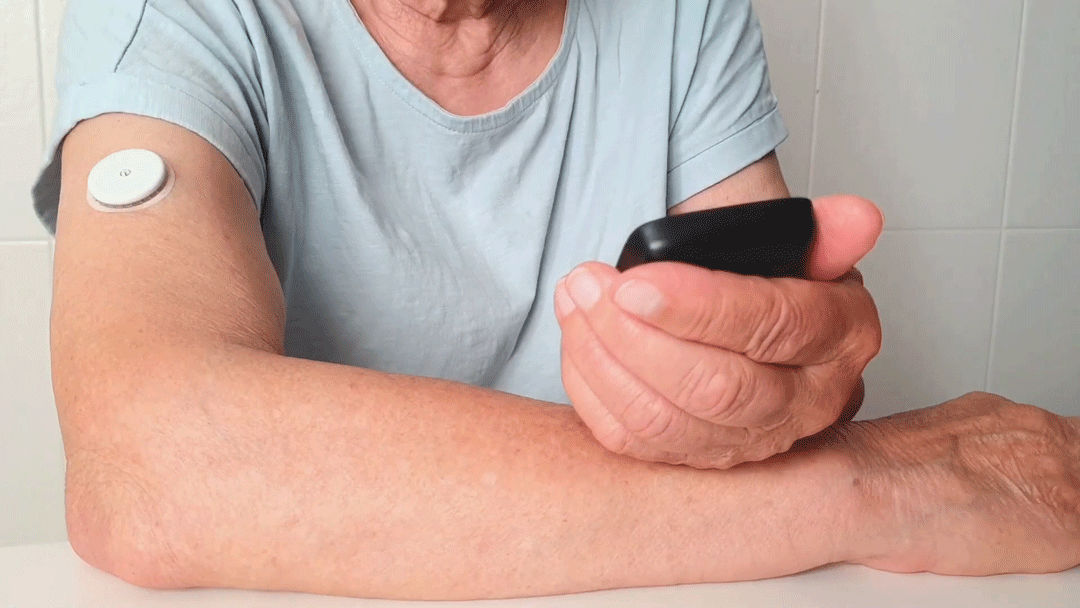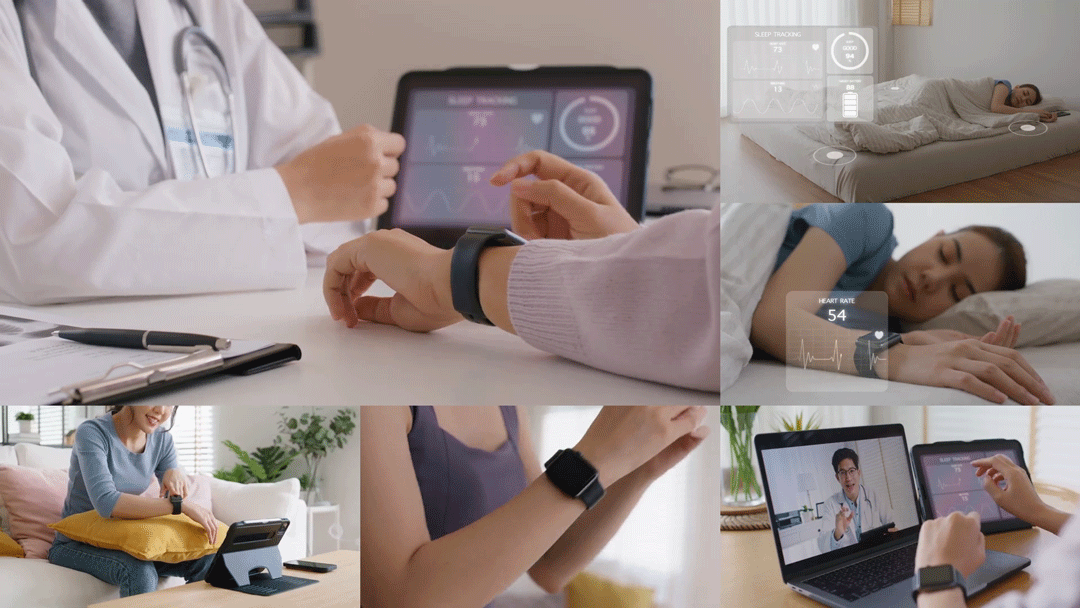
Success Stories: Transforming Patient Care With TriageLogic’s Remote Patient Monitoring
As a call center manager, it can be difficult to ensure that patients receive timely and effective care while juggling staff capacity. Remote patient monitoring







As a call center manager, it can be difficult to ensure that patients receive timely and effective care while juggling staff capacity. Remote patient monitoring

Please join us in congratulating our founder and CEO, Charu Raheja, Ph.D., for being featured in this year’s prestigious Florida 500. This publication celebrates Florida’s

November marks the start of the holiday season, when family gatherings, food choices, disease management, and other health trends can affect our minds and bodies.

Traditionally, chronic disease management involves scheduled patient visits and in-person checkups. Yet complications can often develop unnoticed in-between these appointments that can affect patient well-being

Thanks to remote patient monitoring (RPM), clinicians can monitor patients’ health data in real time, no matter where they’re located. This technology offers numerous benefits,

One of the most significant developments in recent years has been the rise of remote patient monitoring (RPM). This innovative technology allows clinicians to review

Doctors and practice managers looking to strengthen patient loyalty and build a thriving practice are finding a shift in patient expectations and, as a result,

Do you have pediatric patients whose parents need help identifying what summertime illnesses their children are experiencing? This article explores heat-related ailments that tend to

As a doctor, you have two priorities to balance: ensuring quality care for your patients, and maximizing revenue for your practice. If those seem like

Are you a home healthcare agency interested in increasing your revenue while providing stellar patient experience? A remote patient monitoring (RPM) program can increase your